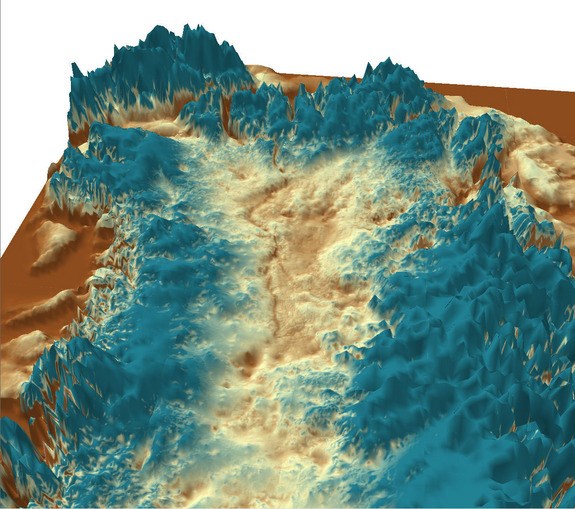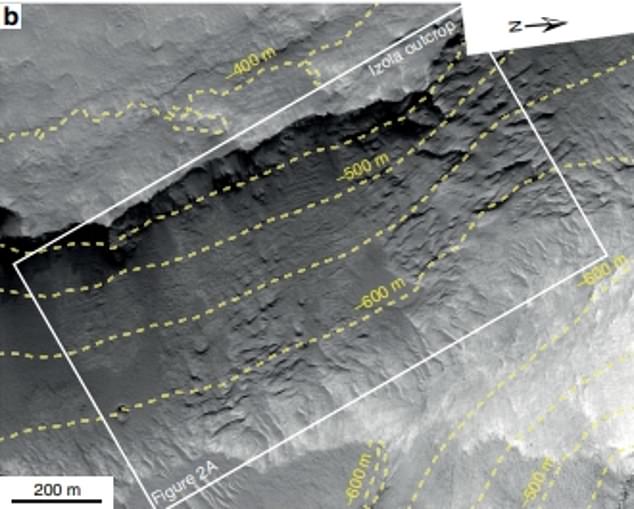Here we have some catastrophic flooding – on Mars and beneath the Greenland ice sheet. Courtesy of Gary again. At www.sciencedaily.com/releases/2020/04/200430150302.htm … and https://www.eurekalert.org/pub_releases/2020-04/uoma-hco043020.php … a network of canyons under the Greenland ice sheet includes one that is so deep and big it has been called the Greenland Grand Canyon. Its shape suggests it was caused by running water – followed by glaciation (or vice versa). The mega-canyons seem to have been formed by catastrophic outburst floods that suddenly and reputably drained lakes of melting ice sheet water. Modelling simulations show climate and bedrock geology have exerted pressure and contols on the ice sheet, over time …
 … while at www.dailymail.co.uk/sciencetech/article-8288997/ … an extra terrestrial equivalent to the river Rhine, is the blurb. Astronomers uncover first evidence of a major river on Mars. It is thought to date back 3.7 billion years ago, conveniently way back into the past. However, we learn later that some of the features are well defined. Not consistent. Permanent marks left behind in exposed cliffs that are 650 feet high reveal the river must have been deep and fast flowing – a torrent of water in fact. However, it is also thought the river was constantly shifting its bed and creating sand banks – somewwhat like the Rhine on Earth.
… while at www.dailymail.co.uk/sciencetech/article-8288997/ … an extra terrestrial equivalent to the river Rhine, is the blurb. Astronomers uncover first evidence of a major river on Mars. It is thought to date back 3.7 billion years ago, conveniently way back into the past. However, we learn later that some of the features are well defined. Not consistent. Permanent marks left behind in exposed cliffs that are 650 feet high reveal the river must have been deep and fast flowing – a torrent of water in fact. However, it is also thought the river was constantly shifting its bed and creating sand banks – somewwhat like the Rhine on Earth.
 … there are striking similarities to sedimentary rocks on earth associated with rivers so it looks like the identification of the river is here to stay. The question now is – why did Mars lose its water? See also https://phys.org/news/2020-05-ancient-river-mars-unparalleled.html (and see the video at the link) … and https://doi.org/10.1038s41467-020-15622-0
… there are striking similarities to sedimentary rocks on earth associated with rivers so it looks like the identification of the river is here to stay. The question now is – why did Mars lose its water? See also https://phys.org/news/2020-05-ancient-river-mars-unparalleled.html (and see the video at the link) … and https://doi.org/10.1038s41467-020-15622-0
